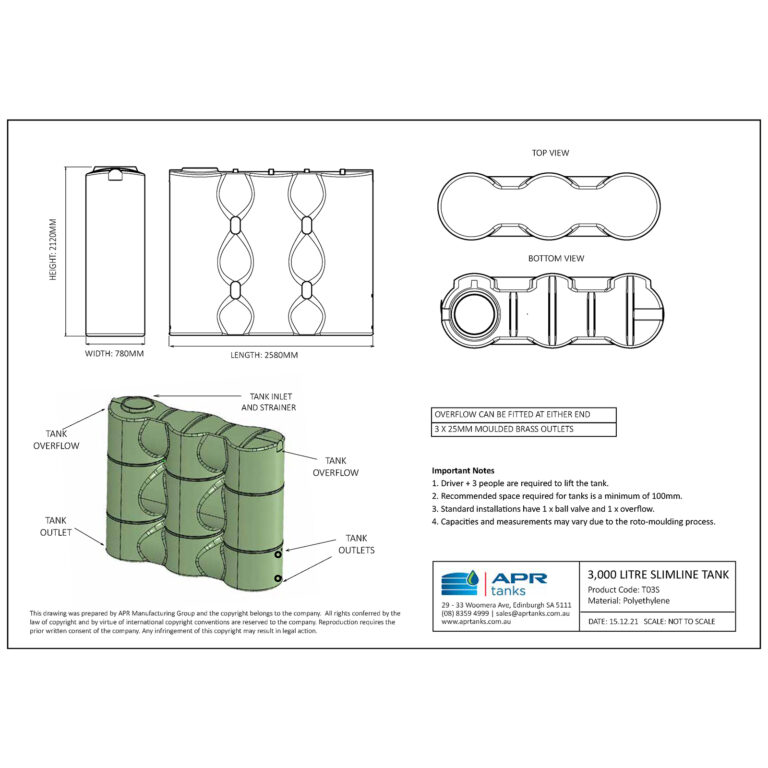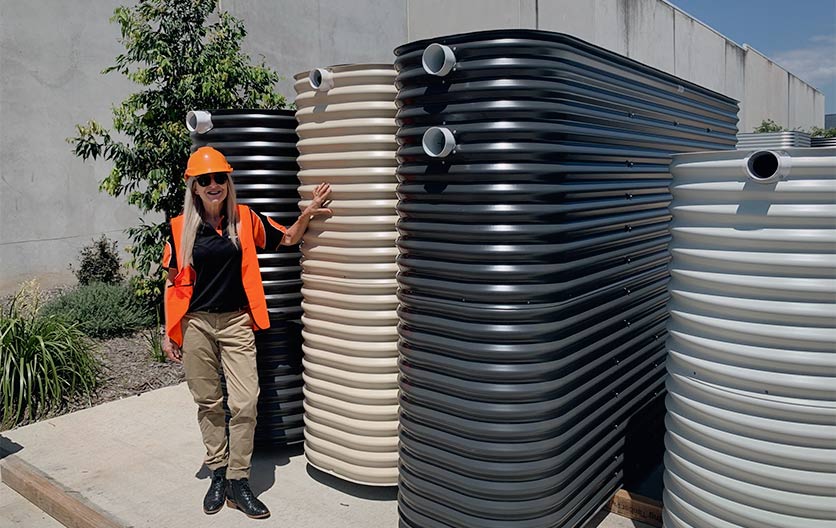Slimline Water Tanks: The Perfect Selection for Urban Water Storage Space
Slimline Water Tanks: The Perfect Selection for Urban Water Storage Space
Blog Article
Discovering the Various Uses Rainwater Containers for Residential and Commercial Residences
As the global emphasis on lasting living techniques proceeds to escalate, the application of rain storage tanks in both property and industrial settings has emerged as a pertinent solution. The complex usages of rain tanks offer a compelling case for their adoption, not only as a practical water-saving action however likewise as a testament to accountable source monitoring.
Benefits of Utilizing Rainwater Tanks
Utilizing rain tanks offers countless advantages for both households and areas in terms of water conservation and sustainability. Among the crucial benefits of making use of rainwater containers is the considerable reduction in dependence on mains water supply - Slimline water tanks. By catching and storing rain for later use, people and neighborhoods can decrease their need for treated water, inevitably relieving the burden on water therapy centers and reducing power usage associated with water transportation and therapy
Additionally, rainwater gathering through containers supplies a dependable different water source throughout times of water constraints or lacks. This saved rainwater can be used for various non-potable functions such as watering, flushing commodes, and washing garments, minimizing the pressure on conventional water resources. Furthermore, making use of rain storage tanks can bring about cost savings for both houses and communities by lowering water expenses and lowering the need for expensive framework expansions to meet growing water needs.
Essentially, the usage of rain containers offers a sustainable and eco friendly method to water monitoring, benefiting both private customers and the more comprehensive community in regards to water preservation, cost-efficiency, and resilience.
Rainwater Storage Tank Use in Watering
Given the benefits of rainwater storage tanks in preserving water sources and reducing reliance on mains water system, a substantial application lies in using kept rain for watering objectives - Slimline water tanks. Rain collecting systems can properly accumulate and save rain, providing a sustainable water source for watering gardens, yards, and agricultural areas. By utilizing rain for watering, homeowner can reduce their reliance on treated water resources, causing cost savings and ecological benefits

One of the main benefits of using rain for watering is its purity. Rain is normally soft and devoid of the chemicals and ingredients frequently discovered in keys water, making it optimal for beneficial plants without the risk of dangerous effects. Furthermore, rain goes to ambient temperature, which can benefit plant development by staying clear of temperature shocks that can happen with cool mains water.
Rainwater Storage Tanks for Commode Flushing

Carrying out rainwater tanks for commode flushing is an economical and eco-friendly practice that can be conveniently incorporated right into both property and commercial residential or commercial properties. The stored rain can be utilized to flush commodes by linking the tank to the existing pipes system. This easy yet effective remedy can dramatically reduce water intake in a structure, particularly in locations where water shortage is a problem.

Incorporating Rainwater Tanks in Landscaping
An top article effective strategy for boosting sustainability in landscape design entails incorporating rainwater tanks to maximize water use and advertise environment-friendly techniques - Slimline water tanks. Integrating rain storage tanks in landscape design uses countless benefits for both residential and industrial residential or commercial properties. These containers can capture and save rain overflow from roofing systems, which can then be made use of for watering gardens, grass, and plants. By using rain for watering purposes, homeowner can minimize their reliance on metropolitan water sources, leading to set you back savings and preservation of precious water sources.
Along with offering a lasting water source for landscaping demands, rainwater storage tanks can additionally help in handling stormwater drainage. By capturing rain that would certainly otherwise stream right into tornado drains, these storage tanks can minimize erosion, minimize flooding threats, and avoid air pollution more info here of natural water bodies. Additionally, including rain tanks in landscaping can add to the total aesthetic charm of the home, showcasing a dedication to ecological stewardship.
Industrial Applications of Rain Containers
Making use of rain storage tanks in commercial setups uses a sustainable service for water management and conservation, profiting services and the atmosphere alike. One essential commercial usage is for watering functions, where harvested rain can be utilized to water landscaping, gardens, and farming fields surrounding commercial residential properties.
Additionally, rainwater containers can be incorporated into the fire reductions systems of industrial structures. By having a specialized water source for firefighting objectives, services can enhance their fire precaution and possibly minimize insurance costs. Additionally, rain collected in containers can be treated and made use of for non-potable purposes within business homes, such as flushing commodes, cleaning, and cooling down systems. This not only saves fresh water resources yet also reduces operating costs for services. Overall, the unification of rainwater storage tanks in business settings provides a practical and ecologically liable method to water administration.
Conclusion
From irrigation to toilet flushing and landscape design, the usage of rainwater tanks can aid preserve water sources and decrease water bills. Overall, the convenience and sustainability of rain storage tanks make them an important investment for any kind of building proprietor looking to enhance water efficiency.
Report this page